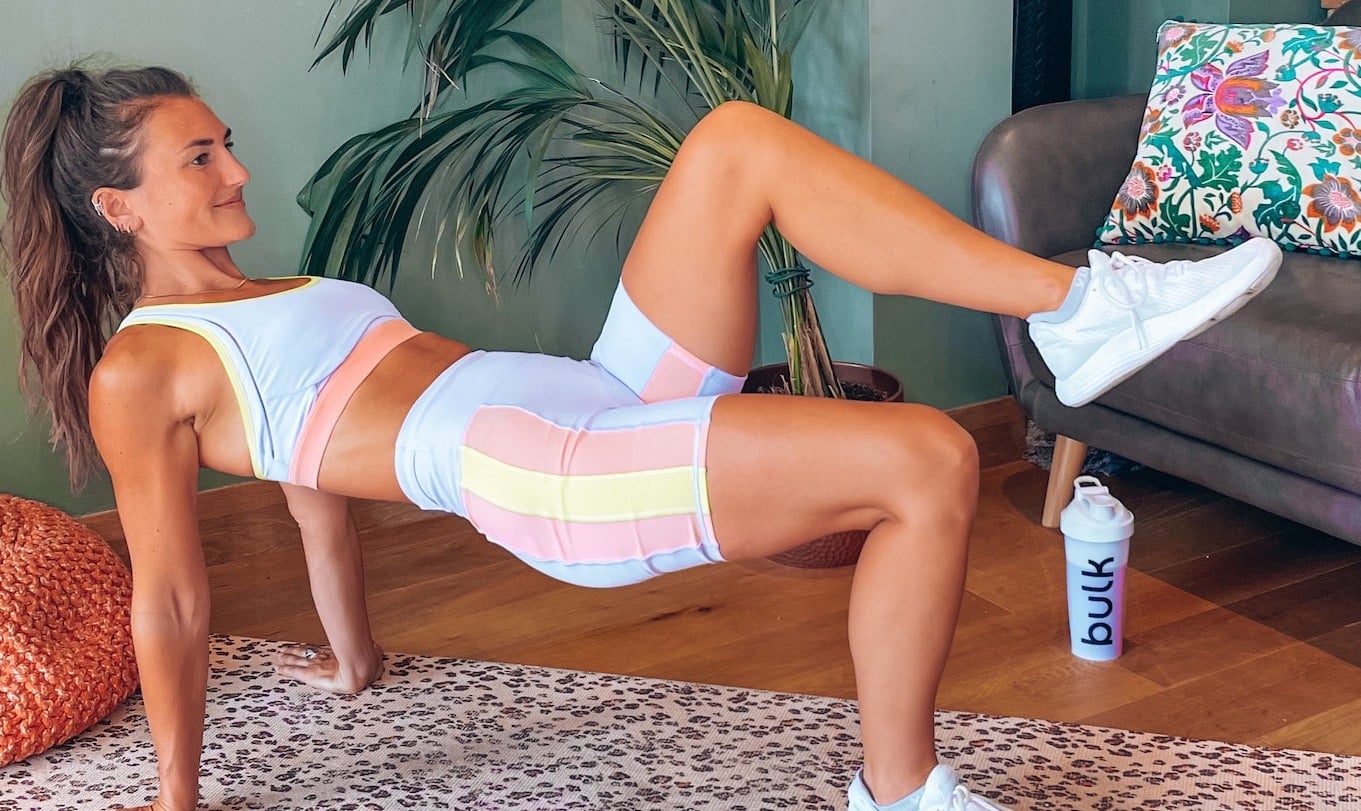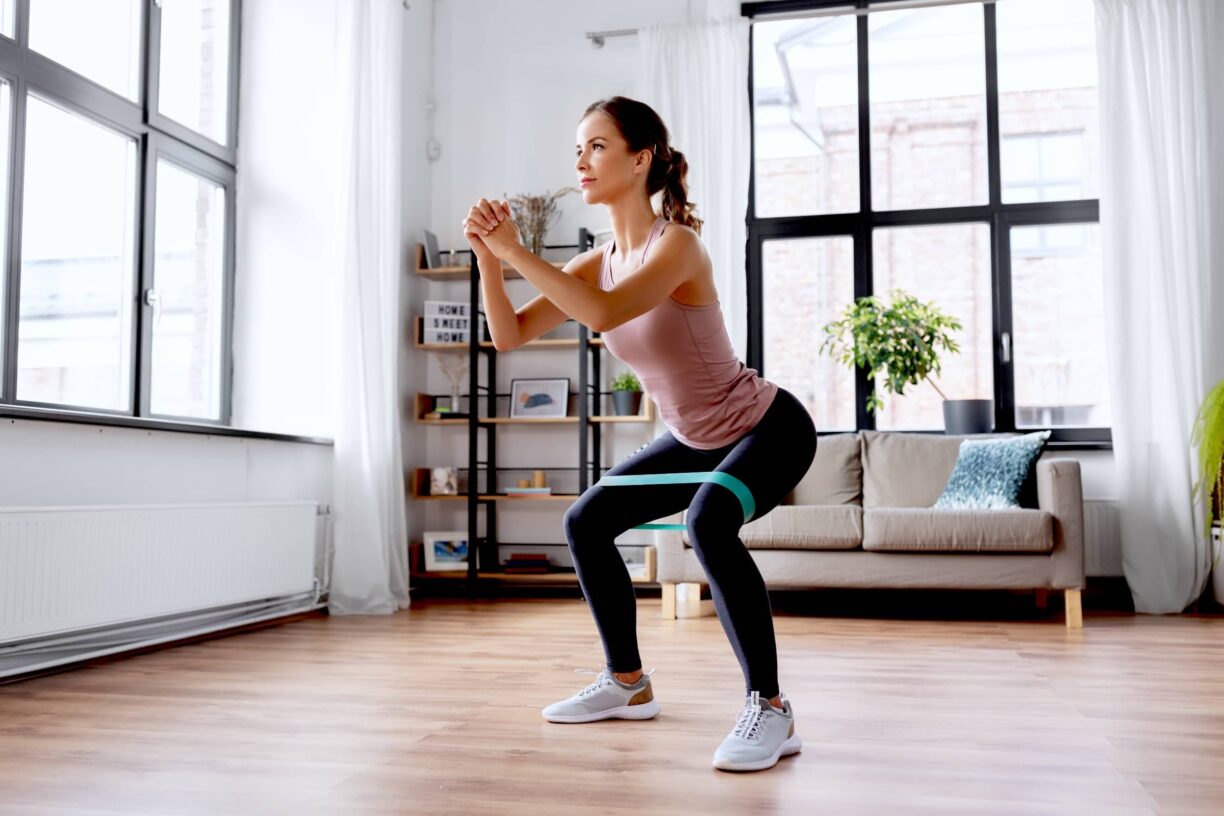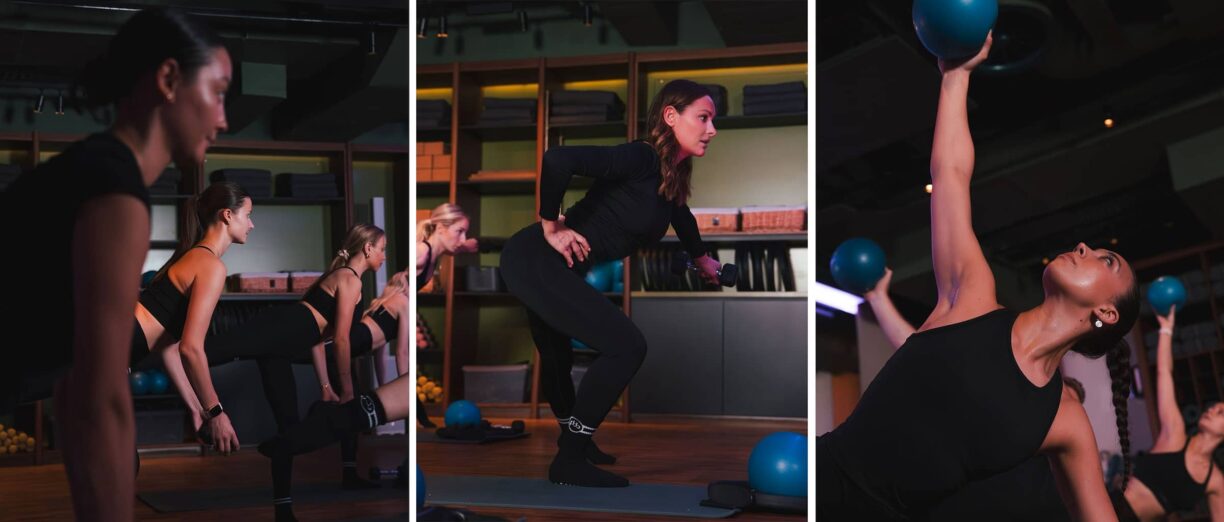Both warming up and cooling down, pre and post-exercise have significant benefits on the body.
Warm-ups have been shown to lower the risk of injuries in the muscles and tendons as well as reduce heavy loads on the heart – which can occur when HIIT is suddenly started.
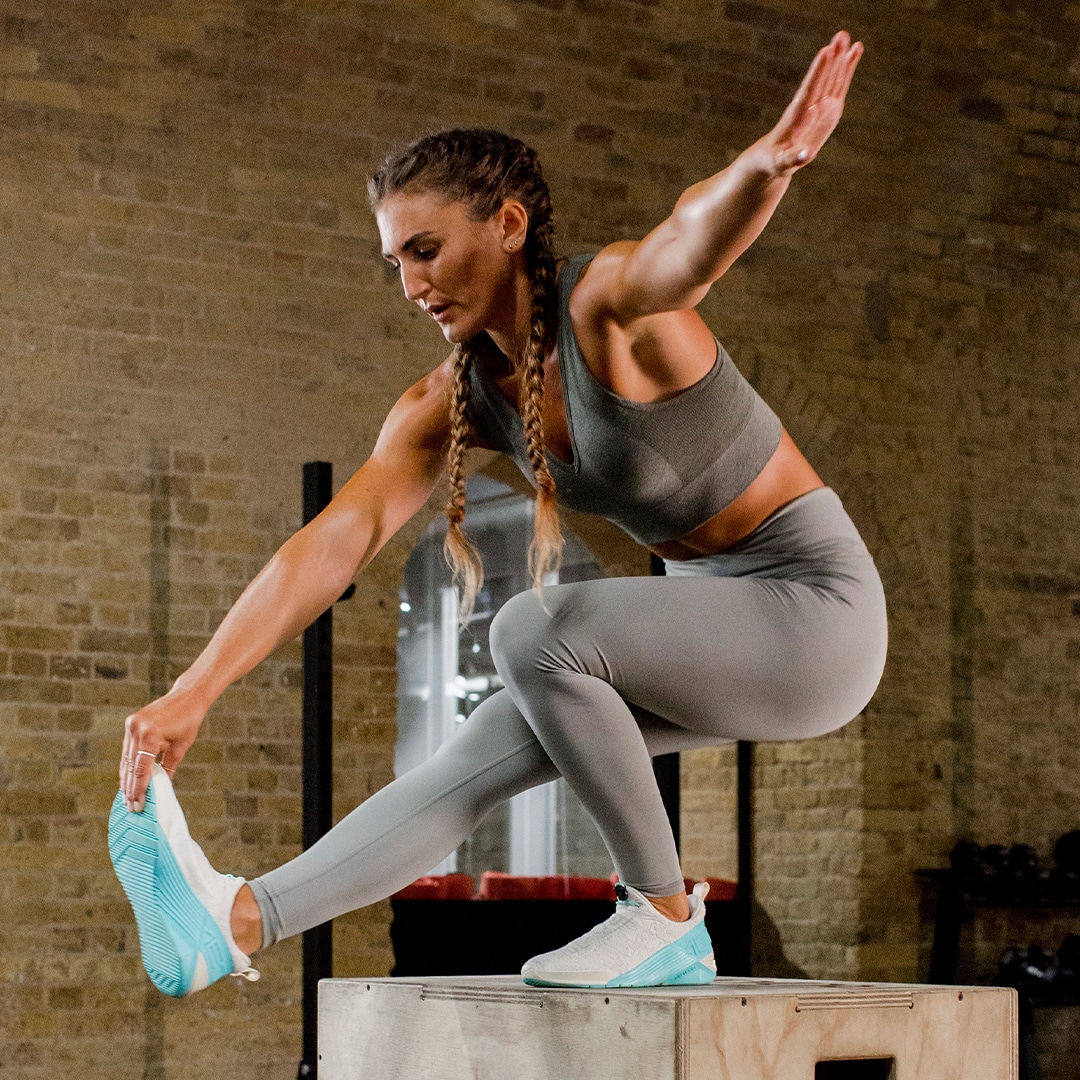
I spoke with Bulk Ambassador Hayley Madigan who has shared some fascinating insights into the importance of warming up and cooling down before and after your workout.
This is due to the warm-up improving blood flow to the muscles involved and increasing muscle temperature. A warm-up gradually revs up the cardiovascular system getting the body ready for the upcoming exercise session.
Cool-downs are effective for promoting post-exercise recovery and injury prevention; however, studies show that an active cool-down does not prevent injuries but does promote the recovery of lactate in the blood but not necessarily in the muscle tissue.
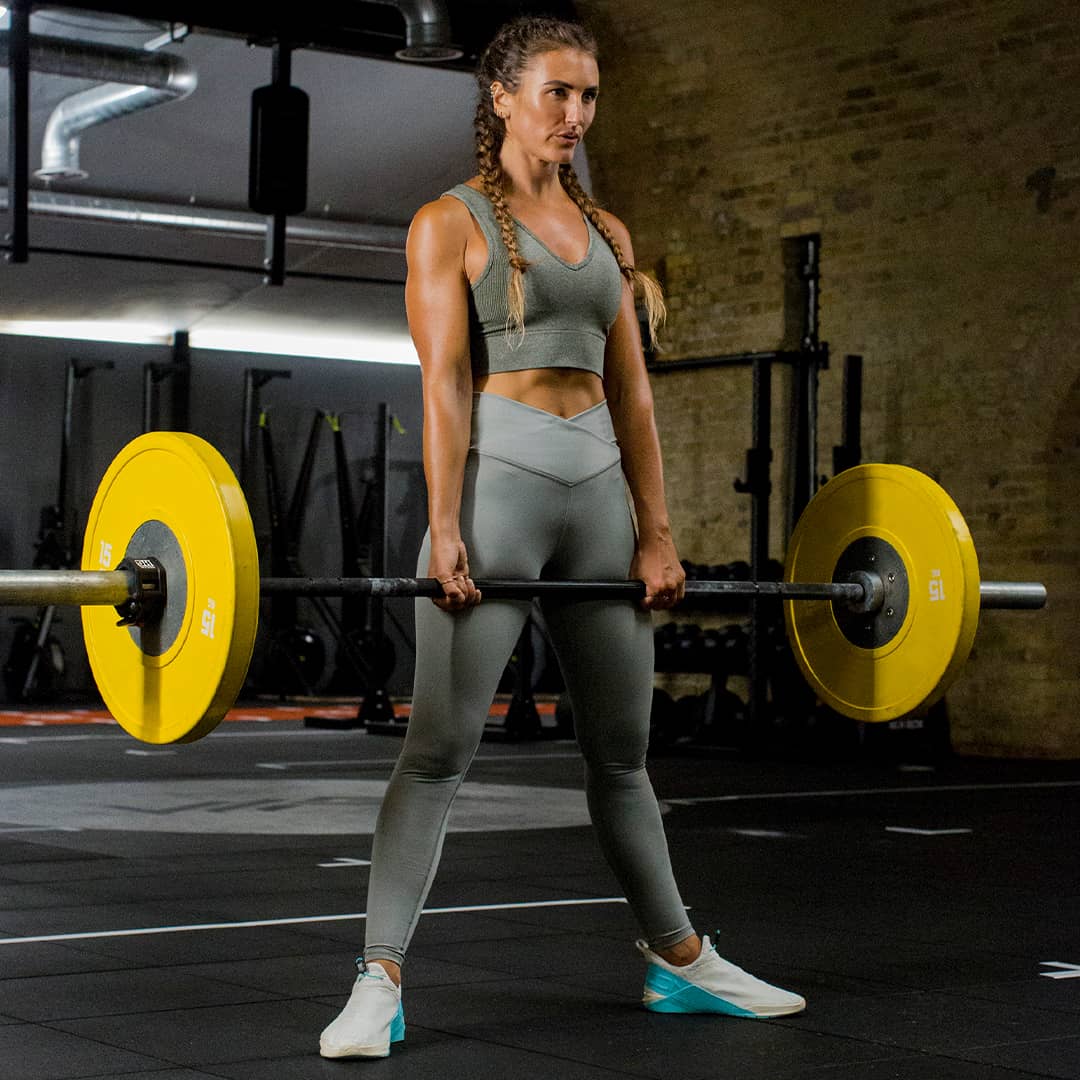
This means cool-downs aren’t vital for injury prevention but have been shown to improve psychological responses to performance by improving relaxation post-training.
Cooldowns offer a gradual recovery phase for the body by slowly taking the heart rate, blood pressure and breathing rate back down to resting rates.
To maximise your warm-up and cool-downs, you want to focus them on the specific muscle groups that are involved in the exercise that is being performed.
So, if you’re a runner you want to mainly focus on the lower body as well as spinal mobility, if you’re resistance training then you want to focus on the specific muscle groups you are targeting within your sessions.
Mobility is vital for overall physical health and is recommended to be done pre and post-training to support a range of motion, mobility and flexibility, especially for the spine.
I would advise doing mobility for all training sessions which makes it essential to include mobility drills in your warm-up and cool-downs, which in turn will improve your overall training adaptations in the long term.
You can reduce your chances of getting injured by warming up appropriately. If you have any old injuries or known areas of weakness in your body, then you may be more prone to injuries located in these muscles or joints so it’s a good idea to make sure those areas are warmed up appropriately to reduce any potential injuries from occurring.
Ideally, warming up anywhere between 5-15 minutes has been noticed to improve blood flow to the muscles involved and elevate muscular temperature.
You should include exercises that increase the heart rate, blood flow to the working muscles, as well as mobility drills focusing on the specific areas of interest.
Cooling down is very similar with anywhere between 5-10 minutes showing the promotion of faster recovery of the cardiovascular and respiratory systems by gradually reducing your heart rate and slowing down your breathing rate, taking it back to resting.
This can consist of a few minutes of exercise at a very reduced intensity, mindful breathing techniques, long-hold static stretching and relaxation methods to unwind psychologically.

